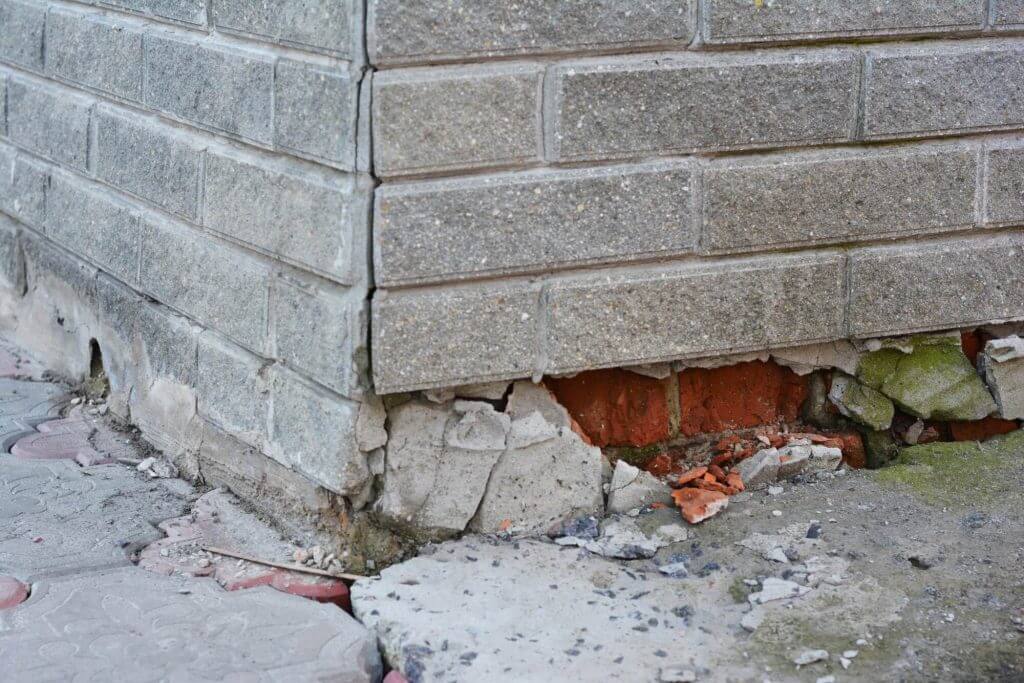Is Your Building Safe? Top Warning Signs Structural Audits Can Detect!
Ensuring building safety and conducting structural audits are crucial for property owners and their occupants. Even minor concerns such as small cracks or slight water leaks can signal more serious structural issues. Performing a structural audit can uncover hidden safety risks, enabling owners to tackle them before they worsen. In this post, we will discuss the key warning signs that a structural audit can identify to assist you in evaluating the condition and safety of your building.
Foundation Issues – Key to Building Stability

The foundation is the backbone of any building. When cracks, water leakage, or settlements appear, they can signal deeper issues. Structural audits inspect for foundation deterioration and assess the overall stability of the building. Common signs of foundation issues include visible cracks, uneven floors, and moisture intrusion. These warning signs can lead to major repairs if not addressed early.
In severe cases, foundation issues affect the entire structure, increasing risks for residents. By identifying these signs, audits prevent further damage and reinforce the building’s stability. Regular inspections allow for timely repairs, maintaining safety for all occupants.
Columns and Beams – Supporting Structural Integrity
Columns and beams bear the load of a building, so any defects here compromise overall strength. Structural audits check for cracks, corrosion, and deflection in these vital components. If left unchecked, even small issues in beams and columns can expand over time, weakening the structure.
Signs like excessive deflection or visible corrosion are serious indicators. Corroded beams may lose strength, leading to unexpected breaks. A structural audit evaluates these components in detail, ensuring that every support structure remains strong, reliable, and safe for years.
Slabs – Ensuring Strength and Durability
Slabs provide horizontal support across the floors of a building. Cracks, deflections, and insufficient thickness can weaken slabs over time. Structural audits assess slab integrity to prevent costly repairs or replacements in the future.
Indicators of slab issues include visible cracks, uneven surfaces, and corrosion. Inadequate slab thickness affects load-bearing capacity, which is crucial for high-traffic areas. Addressing slab concerns early on keeps a building stable and ensures occupant safety.
Walls – A Barrier Against Structural Distress
Walls are not only divisors but also load-bearing elements in many buildings. Cracks, dampness, and structural distress in walls are warning signs often caught during audits. They can indicate water intrusion, material deterioration, or even foundational shifts.
Structural audits detect these signs, helping property owners prevent escalating repairs. Damp walls, in particular, can lead to mold growth, affecting indoor air quality. Addressing wall issues promptly helps maintain a safe and healthy living environment for occupants.
Other Critical Structural Issues to Watch
In addition to foundational elements, structural audits cover smaller but significant aspects. Hanging or lifted parts, damaged waterproofing, and weather-worn areas are key items for inspection. These may seem minor initially, but they can create larger problems.
Unstable parts or weakened waterproofing may lead to moisture intrusion or potential hazards. By identifying these risks early, structural audits allow for preventive actions, securing the building’s durability and value.
Why Regular Structural Audits are Essential
Structural audits aren’t only for old buildings. Even newer constructions benefit from regular inspections to ensure ongoing stability. Early detection through audits minimizes the need for extensive repairs, keeping costs and risks lower.
Addressing Issues Found in Structural Audits
Once issues are identified in a structural audit, addressing them promptly is key. Property owners should work with qualified professionals to make necessary repairs. This proactive approach maintains building safety and extends the structure’s lifespan.
Conclusion – Keeping Your Building Safe with Structural Audits
Structural audits play a critical role in ensuring building safety and integrity. Regular inspections catch early warning signs, from foundation cracks to corrosion in beams, making it easier to prevent serious structural issues. By prioritizing these audits, property owners create a safer environment for all.
-
✴︎
-
✴︎
-
✴︎
-
✴︎
